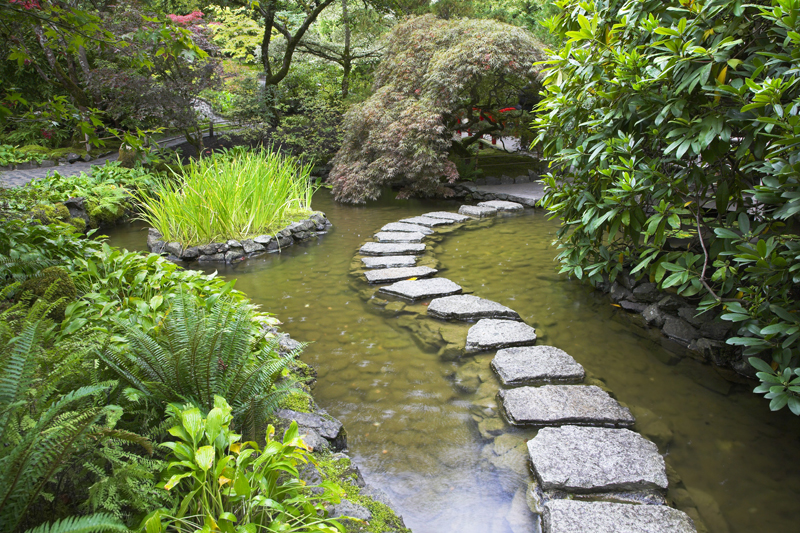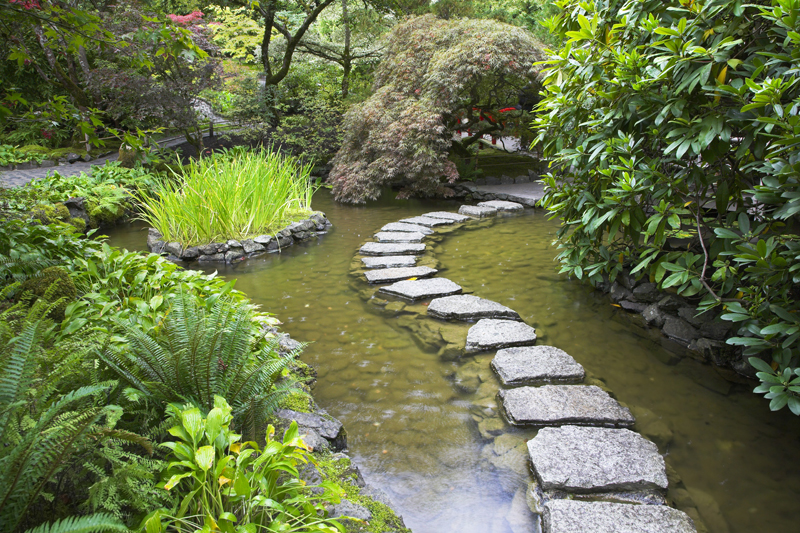Douglas Fir

Douglas fir is a magnificent, long lived tree. This can live to be 750 years of age. This native is found in the forests of the West from California to Alaska and the Rockies into the Pacific Northwest. The young seedlings have a fast growth rate.
There are several natural strains of the Douglas fir with some being smaller than others. One is the Rocky Mountain Douglas fir, which is grown in the East as a Christmas tree.
Description of Douglas Fir
In its natural range, Douglas fir can be extremely tall. It has sometimes reached 300 feet in height. The only type of Douglas fir that can be successively grown in the East is the Rocky Mountain form.
The Rocky Mountain Douglas fir has deep green, stiff, compact pendulous branchlets. This can withstand wind as well as an alkaline pH better than the other Douglas firs.
This is a dense, pyramidal tree with a cone-like crown. In cultivation, it is usually 40 to 60 feet in height with a spread of 25 to 30 feet. Under ideal growing
conditions, it can possibly reach 80 feet.
The branches form irregular whorls. The soft needles are also borne in whorls. They’re greenish-blue to green. These are 1½ inch long and closely cover the twigs and branches.
The flat needles release a lemon-like scent when crushed. They have two bands of white on the underside.
The young plant will have branches all the way to the ground. As the tree ages, some of these will drop off.
The oval, brownish-red, pendulous cones are 3½ inches long. These resemble spruce cones and contain two-winged seeds.
Growing Douglas Fir
This is a tough tree that can withstand wind, and adapts to most reasonably well drained soils.
Gardeners should buy Douglas fir trees that are hardy to their area. Hardiness depends upon the type being grown as well as the origin of the plants from which the seed was collected.
Numerous varieties of Douglas fir are available, including compact ones, weeping ones, and narrow ones. The slower growing forms are hardy to zone 4, and are native to the Rocky Mountains.
Douglas fir is a versatile plant. It is often grown as screens and shelterbelts.
The young tree can tolerate some part shade, while the mature trees need full sun. Hardiness is usually zones 4 to 6 or so.
The bare root trees are planted for Christmas trees. For landscapes, balled-in-burlap trees are preferred. However, field grown ones do fairly well so long as they are planted in a reasonable moist soil.
These trees are easy to grow from seed. Cuttings are somewhat harder.
Douglas firs are usually grown as a single leader. The trees generally do best in a sandy or loamy soil. The tree is pH adaptable, and is tolerant of both acid and alkaline conditions, and most reasonably well drained soils.
Douglas fir requires little pruning. Potential problems include fungal diseases of the needles in the spring. If pitch canker appears on the trunk, this should be removed.
This tree is sensitive to salt. It can withstand dry conditions. Yet, it prefers a moist soil. If grown on wet soils, especially clay, the tree can experience root rot. Deer ignore this tree.
Possible problems of this tree include limbs that can break under the weight of snow and rain. The tree has aggressive roots that can harm pavement.
There are several natural strains of the Douglas fir with some being smaller than others. One is the Rocky Mountain Douglas fir, which is grown in the East as a Christmas tree.
Description of Douglas Fir
In its natural range, Douglas fir can be extremely tall. It has sometimes reached 300 feet in height. The only type of Douglas fir that can be successively grown in the East is the Rocky Mountain form.
The Rocky Mountain Douglas fir has deep green, stiff, compact pendulous branchlets. This can withstand wind as well as an alkaline pH better than the other Douglas firs.
This is a dense, pyramidal tree with a cone-like crown. In cultivation, it is usually 40 to 60 feet in height with a spread of 25 to 30 feet. Under ideal growing
conditions, it can possibly reach 80 feet.
The branches form irregular whorls. The soft needles are also borne in whorls. They’re greenish-blue to green. These are 1½ inch long and closely cover the twigs and branches.
The flat needles release a lemon-like scent when crushed. They have two bands of white on the underside.
The young plant will have branches all the way to the ground. As the tree ages, some of these will drop off.
The oval, brownish-red, pendulous cones are 3½ inches long. These resemble spruce cones and contain two-winged seeds.
Growing Douglas Fir
This is a tough tree that can withstand wind, and adapts to most reasonably well drained soils.
Gardeners should buy Douglas fir trees that are hardy to their area. Hardiness depends upon the type being grown as well as the origin of the plants from which the seed was collected.
Numerous varieties of Douglas fir are available, including compact ones, weeping ones, and narrow ones. The slower growing forms are hardy to zone 4, and are native to the Rocky Mountains.
Douglas fir is a versatile plant. It is often grown as screens and shelterbelts.
The young tree can tolerate some part shade, while the mature trees need full sun. Hardiness is usually zones 4 to 6 or so.
The bare root trees are planted for Christmas trees. For landscapes, balled-in-burlap trees are preferred. However, field grown ones do fairly well so long as they are planted in a reasonable moist soil.
These trees are easy to grow from seed. Cuttings are somewhat harder.
Douglas firs are usually grown as a single leader. The trees generally do best in a sandy or loamy soil. The tree is pH adaptable, and is tolerant of both acid and alkaline conditions, and most reasonably well drained soils.
Douglas fir requires little pruning. Potential problems include fungal diseases of the needles in the spring. If pitch canker appears on the trunk, this should be removed.
This tree is sensitive to salt. It can withstand dry conditions. Yet, it prefers a moist soil. If grown on wet soils, especially clay, the tree can experience root rot. Deer ignore this tree.
Possible problems of this tree include limbs that can break under the weight of snow and rain. The tree has aggressive roots that can harm pavement.

Related Articles
Editor's Picks Articles
Top Ten Articles
Previous Features
Site Map
Content copyright © 2023 by Connie Krochmal. All rights reserved.
This content was written by Connie Krochmal. If you wish to use this content in any manner, you need written permission. Contact Connie Krochmal for details.



